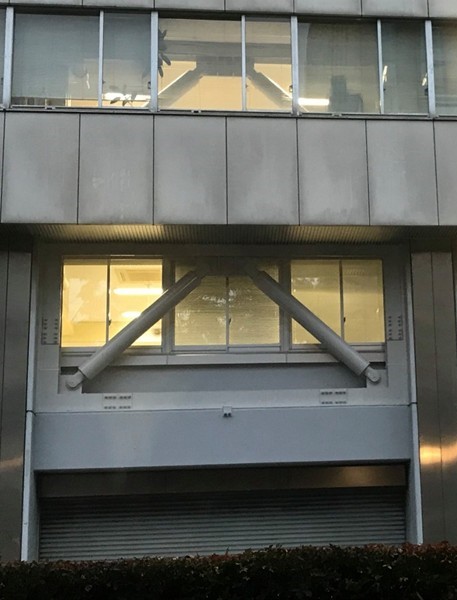Back
Seismic Resistance Efficiency of RC Building using Dual Damper
ประสิทธิภาพการต้านทานแผ่นดินไหวของอาคาร โดยใช้แดมเปอร์คู่
@คณะวิศวกรรมศาสตร์
#KLLC 2024
#Smart City

Details
In the past, Thailand has a response to earthquakes. To prevent buildings and structures from being damaged. By expanding the cross-section of the lower column to be larger (strengthening) and adding diagonal lateral bracing to increase efficiency in resisting lateral load, such as Reinforced Concrete Jacketing, Steel Jacketing, Bracing, but these building are not designed for high lateral forces. Therefore, unable to withstand the lateral load that may occur in the future. On the other hand, there is the development of innovative seismic improvement of buildings and retrofit methods that are not just conventional methods. By adding seismic energy-distribution devices (EDDs) called Dampers. The seismic retrofit is required to improve the seismic performance of the existing building. Therefore, this study proposes the seismic retrofit method for reinforced concrete (RC) building with a combination of two type of damper which is friction dampers and viscous dampers, which called dual dampers in this study. Nonlinear response history analysis (NLRHA) is performed to investigate the effectiveness of the seismic retrofit with dual dampers. The analysis results show that the dampers improve the seismic performance of the example RC building. Maximum story drift ratios (SDRmax) of the retrofitted by dual dampers are reduced significantly. In addition, the SDRmax is close to the selected target story drift ratio.
Objective
In the past, building regulations did not force earthquake-resistant designs. Currently, there is a building law announced as a ministerial regulation B.E. 2550 that requires buildings to be designed to withstand earthquakes. In the past, earthquakes have been dealt with to avoid damage to buildings and structures. By expanding the cross-section of the lower column to be larger (strengthening) and adding diagonal lateral bracing to increase efficiency in resisting lateral movement, such as Reinforced Concrete Jacketing, Steel Jacketing, Bracing, but these building are not designed for high lateral forces. Therefore, unable to withstand the lateral forces that may occur in the future. On the other hand, there is the development of innovative seismic improvement of buildings and retrofit methods that are not just conventional methods. By adding seismic energy-distribution devices (EDDs) called Dampers to labor-saving and protect RC building structures such as Bucking-restrained braces (BRBs), Friction damper, Viscous damper, Tuned mass damper.
Parist et al. reports that research will focus on the design of dual dampers by bucking-restrained braces (BRBs) and viscous dampers to improve lateral resistance and increase energy dissipation capability of RC buildings. Results show that a seismic retrofit method for 4 stories of RC building using dual dampers obviously has more resistance on earthquake vibration that validated by using the nonlinear response history analyses (NLRHA) when compared to the non-retrofitting RC building.
Therefore, this research aims to determine the seismic resistance of RC buildings by using a friction damper and viscous damper method to compare with building not retrofitted, retrofit friction damper only, retrofit viscous damper only, and the results were compared with the above research. To find out which type of retrofitting damper is most effective.Project Members
เพชรพิจิตร หอมเจริญ
PHETPHICHIT HOMJAROEN
#นักศึกษา
Member
Sorawin Saeyang
SORAWIN SAEYANG
#นักศึกษา
Member
ธีรภัทร์ ศิรินิพิทกุล
TERAPAT SIRINIPITAKUL
#นักศึกษา
Member
ภาณุมาศ ไทรงาม
Panumas Saingam
#อาจารย์
Advisor
Vote for this Innovation!
Loading...
Powered By KMITL Innovation Project